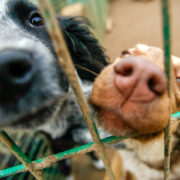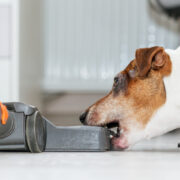How to Stop a Dog Fight

It is a known fact that dogs are social animals. They are well adapted to living in groups and are capable of expressing complex emotions in a variety of non-verbal ways such as body language, vocalization, and scents. An important part of this social order is dominance hierarchy, which includes aggressive displays.
This typical dog behavior is primarily for show and establishing a pecking order, without any real damage being done. However, on occasion, these displays of aggression or resource guarding can lead to full-on dog fights.
Fighting dogs can cause serious injury to each other and to anyone who intentionally or unintentionally gets in the middle of them. For this reason, knowing how to stop a dog fight is an integral part of dog ownership.
Read below to understand what you can do to keep your dog and others safe to prevent altercations, and how to safely break up a dog fight should a scuffle escalate.
Prevention Over Intervention
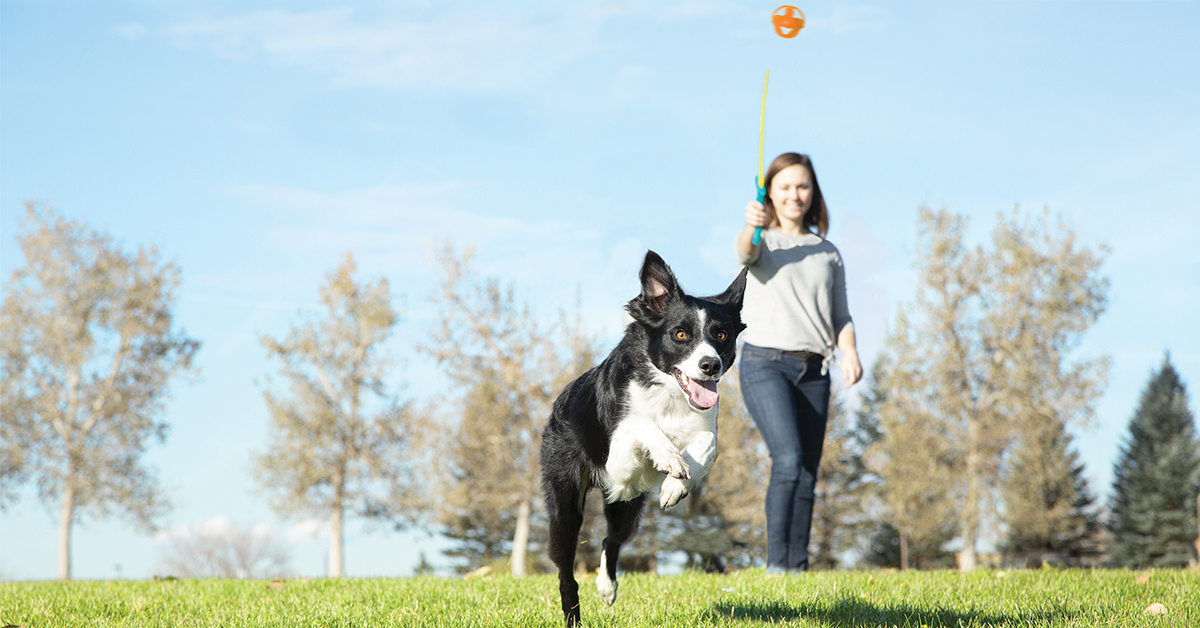
During a dog fight, there is a high risk of injury not only to the dogs involved but also to anyone who may try to break up the fight or accidentally get caught in the middle. Knowing how to stop a dog fight before it begins could save you an emergency trip to the vet.
Because there is no completely risk-free way to intervene and break up a dog fight, the best way to stop a dog fight is always going to be taking preventative measures to ensure that a dog attack does not happen in the first place.
Know Your Dog
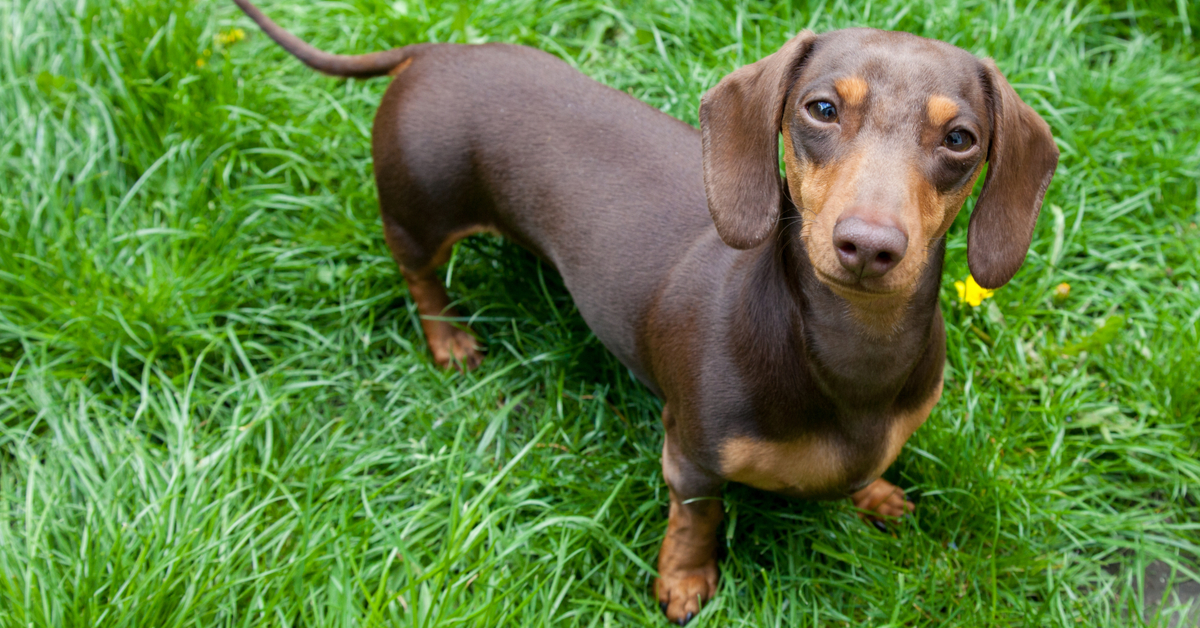
Just like people, every dog is different. And just like people, every dog can be conditioned to respond differently to situations despite their instinctive gut reactions.
Although sometimes breeds such as German shepherds, chihuahuas, or pit bulls are misunderstood and get bad raps, a positive upbringing and quality training can overcome those fight-or-flight instincts. Raised in the right environment with love and compassionate instruction, any dog — regardless of breed — can become a model citizen.
It is important to be realistic about your dog and their personality type. If they are disobedient, easily agitated, or otherwise unpredictable, it is best to keep them on a leash whenever there is the possibility of encountering unknown dogs and people.
You can always continue to work with them to improve their behaviour over time and learn and grow together, but you should always remain realistic about their temperament and tendencies.
Socialization Is Key
To help to cultivate a friendly demeanor, early and continuous socialization is key. If you have a new puppy, exposing them early on to controlled social environments such as doggy daycare or a well-planned dog park can greatly improve their social skills long term.
For older dogs, continued development of their social skills can still have an impact. Although it can be more difficult to socialize them later on in life, regularly visiting those same controlled social environments can have positive impacts on their demeanor.
Behavioral Training
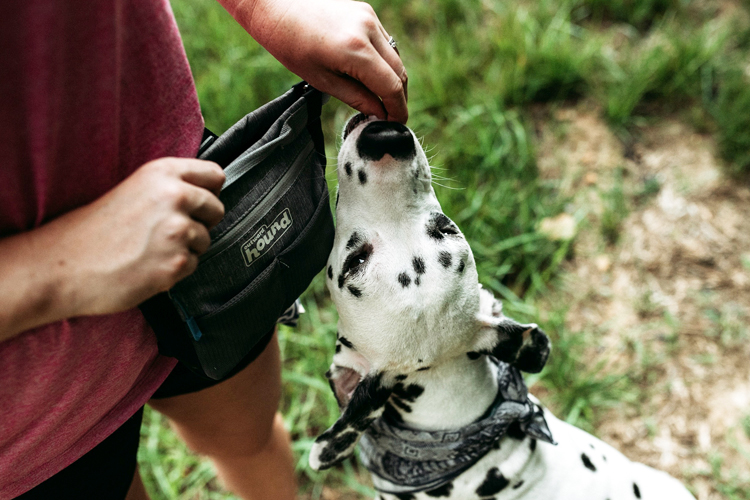
Dog training is one of the best things that you can do to prevent a dog fight. With the help of a dog trainer or behaviorist, you can condition your dog to respond to your commands under even the worst of circumstances.
Even better than a dog on a leash is one that has the self control and awareness to respect your wishes over their instinctive nature.
Teaching your dog to come at your call no matter what can safely and effectively remove them in the midst of a confrontation. Although it will take time and effort to cultivate this type of innate obedience, despite even the most tempting or distracting of stimuli, the benefits are well worth it.
Benefits of Spaying and Neutering
In addition to the health benefits and helping to control the homeless dog population, spaying and neutering your dog is a measure that can be taken well in advance to reduce the likelihood of a dog fight.
In fact, “unneutered male dogs represented 90% of dogs presented to veterinary behaviorists for dominance aggression, the most commonly diagnosed type of aggression. Intact males are also involved in 70 to 76% of reported dog bite incidents,” according to the American Veterinary Medical Association.
Physiologically speaking, spaying/neutering your dog helps in a two-fold manner by eliminating or reducing the production of hormones which can amplify aggressive behavior and by removing the temptation to fight over potential mates.
Keep Things in Perspective
Ultimately, it is important to understand that no amount of socialization or training can override a dog’s true nature. Dogs are going to “dog.” Just like people, it is very rare to find one who gets along with everyone, so do not set too high of expectations for your dog.
Not every dog is meant to be taken anywhere off leash, in fact, very few of them are wired this way. Most dogs with good training and plenty of socialization will do fine with familiar faces and well with new encounters, but there may be circumstances or individuals who just rub them the wrong way.
For this reason, stay in tune with your dog’s moods and be aware of their limitations. Don’t overestimate their social skills just because they are your precious pup. Try to remain realistic and keep things in perspective.
How to Stop a Dog Fight: Know the Warning Signs
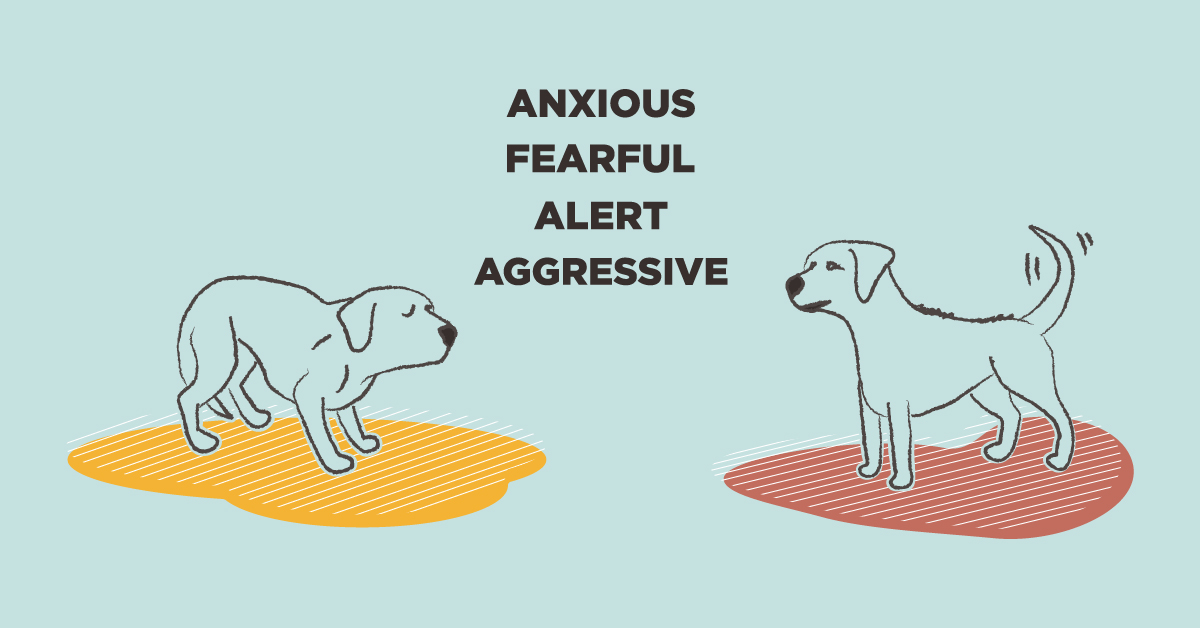
One of the main reasons to remain alert to potential confrontations between dogs is the risk of injury to either the dogs or people who find themselves in the middle. If your dog is the aggressor in the situation, it is your responsibility to react and intervene before an incident occurs.
Study dog body language. When your dog’s tail is wagging, that is an indication of excitement—not necessarily a desire for friendship.
A swiftly wagging tail, exuberant jumps, and loud yips—though seemingly playful—can still lead to a confrontation. If your dog is becoming a little too excited in an off-leash situation, you might consider putting them back on their leash and asking the other individual to do the same with their dog. This will give you better control over the situation until you are certain that the interaction will remain civil and playful.
If they continue this over-excited behavior even on leash, it may be best to take some time away from the situation. Either taking them somewhere to burn off some energy or to a quiet place for them to settle for a while.
Last Resort Interventions
If a confrontation does break out, intervening without direct contact is the most safe. Consider creating loud noises with an air horn to create a distraction to give you a chance to dissipate the tension and remove your dog from the confrontation. This type of redirect can also be accomplished with a spray bottle or hose or—in serious situations—pepper spray. This will give you a window to call your dog away safely.
If an indirect intervention is not working or not available, you might consider the wheelbarrow method. This is accomplished by grabbing the hind legs of the dog’s body, and physically pulling them out of the fight by their back legs. This works best if both dogs are pulled in opposite directions at the same time, as only pulling your dog out leaves them vulnerable to another attack by the other dog.
This type of direct intervention can still be risky for you and your dog. It might be challenging to grab them this way in the midst of this struggle, and you could end up inadvertently in the middle of the fray. Your dog can also be at risk of being injured as their legs are literally pulled out from under them. Therefore, this method should only be used as a last resort.
Do the Best You Can With What You Have
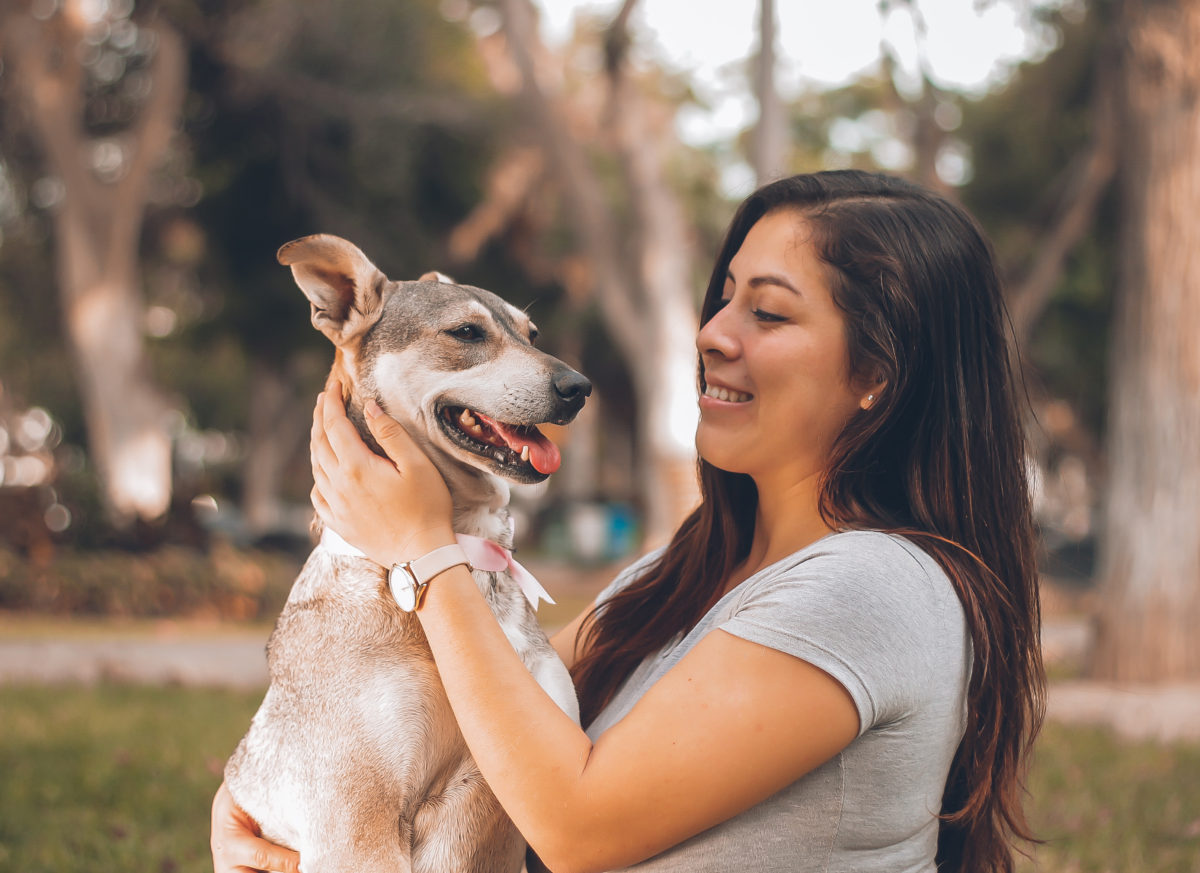
Ultimately, your dog is growing as an individual just as you are. You shouldn’t let a negative confrontation prevent you from taking your dog into social situations in the future. They are capable of learning and growing just like anyone else.
Remember to treat each moment as a learning and growing opportunity by coming prepared with a leash, tools for intervention, and well learned commands to set your dog up for success and avoid a fight before it begins.
To learn more about dog body language to better gauge if an interaction could escalate into a dog fight, check out our guide by dog trainer Sassafras Lowrey.
